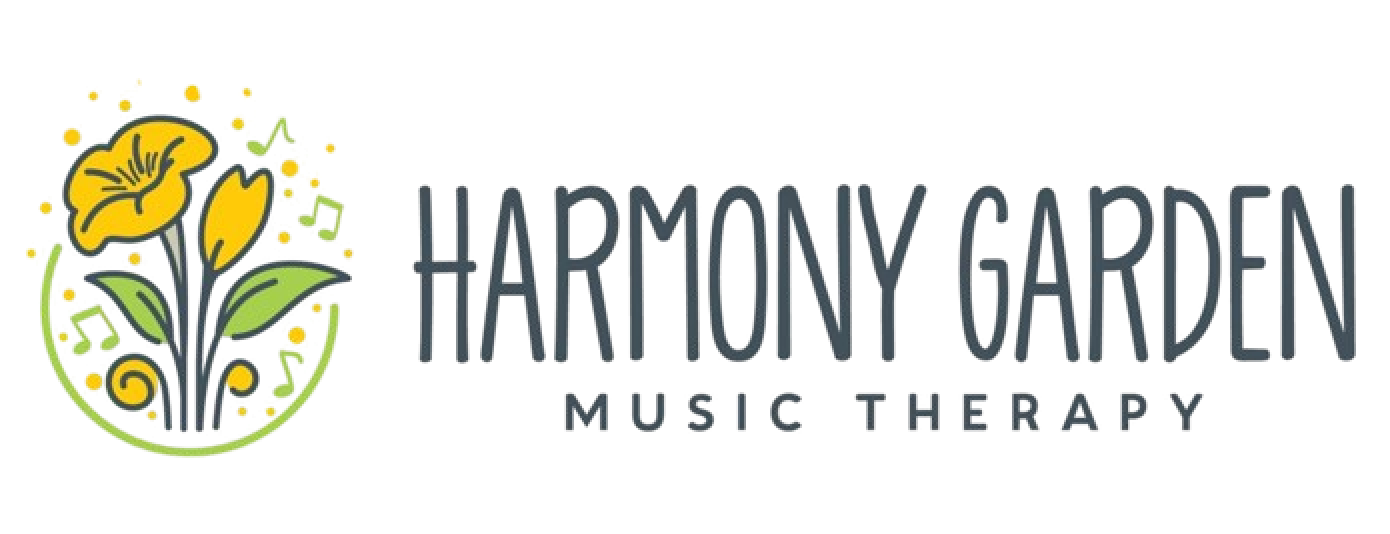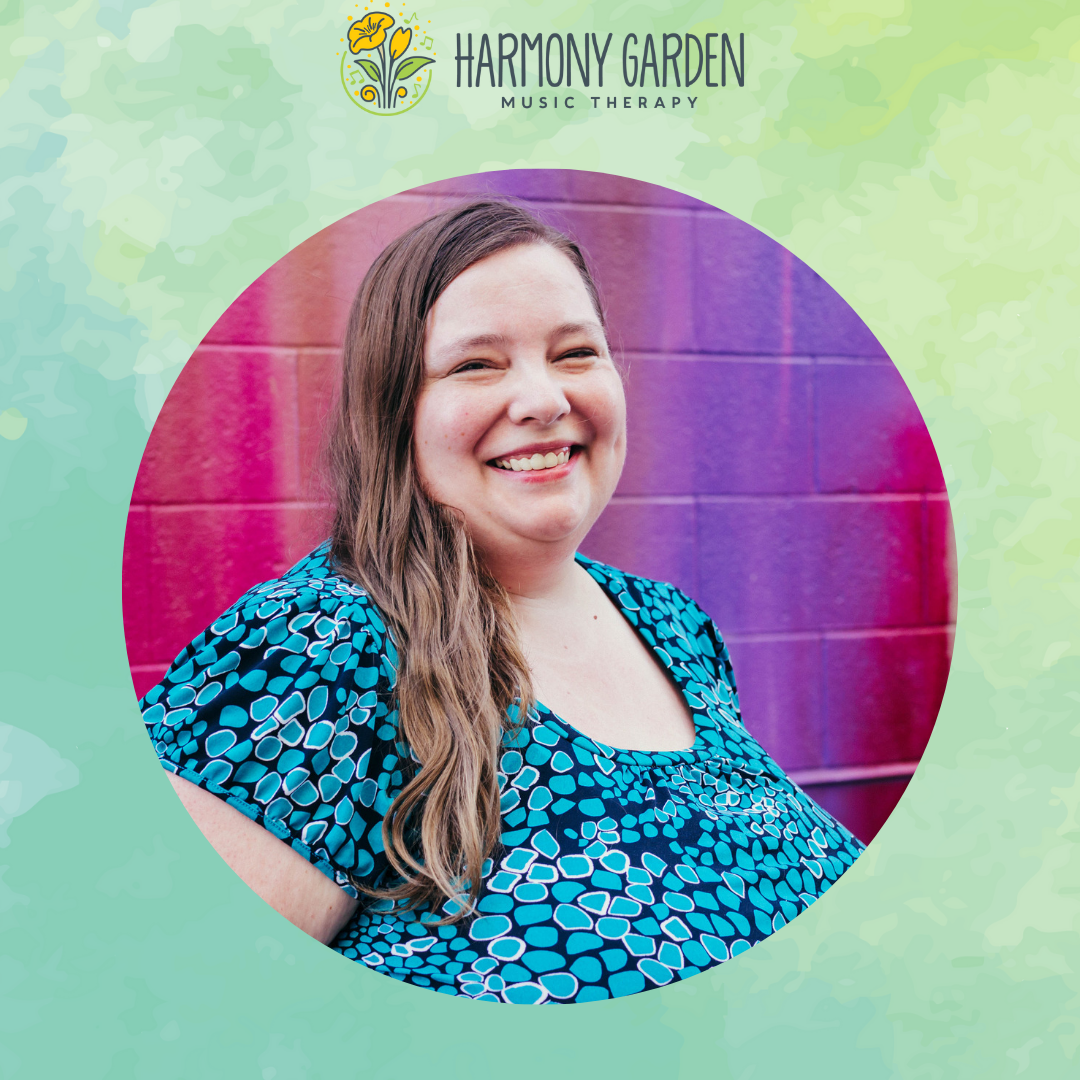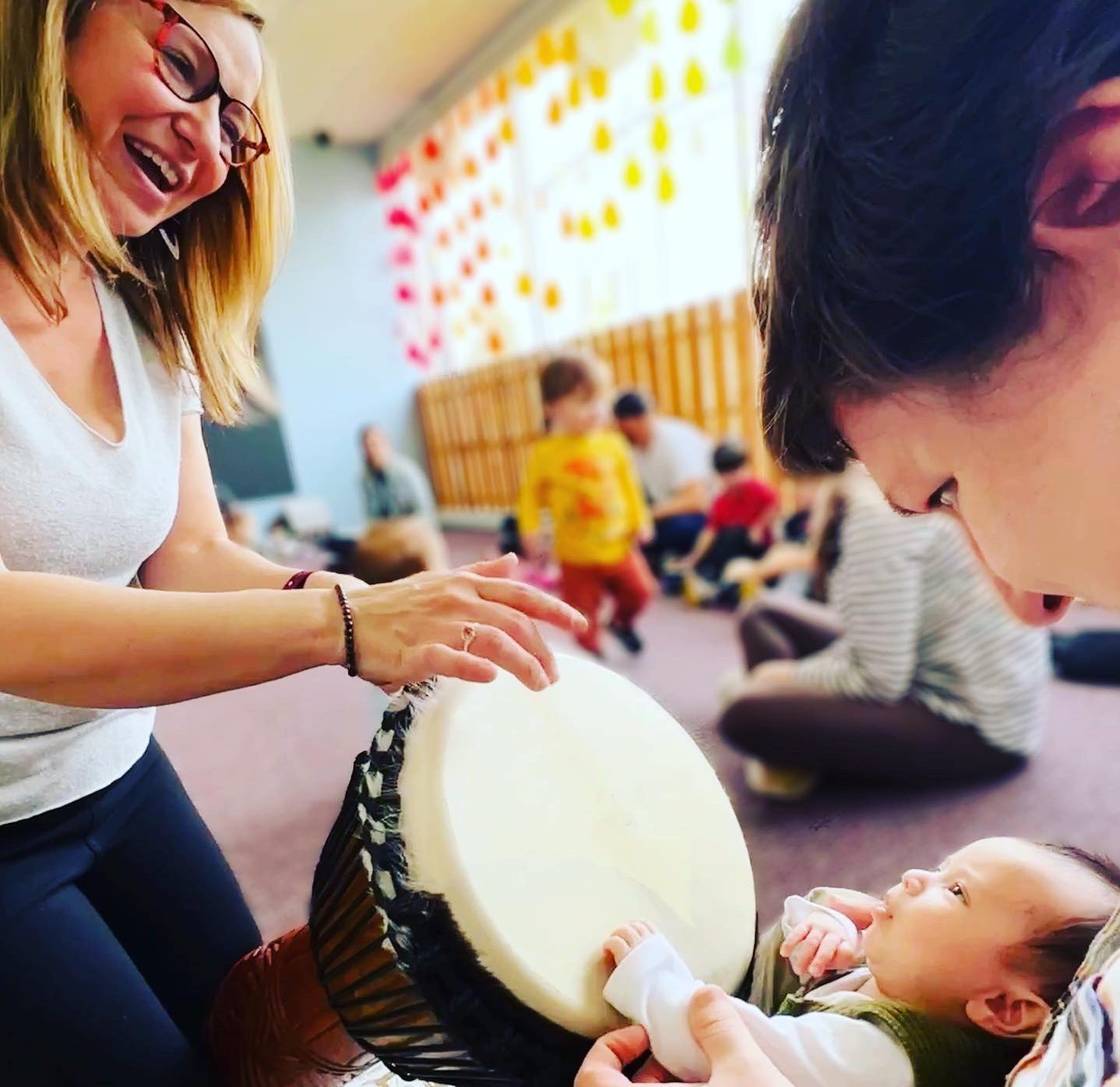Autism is a spectrum—and so is music!
At Harmony Garden, music therapy meets each person where they are—supporting communication, connection, and emotional growth in ways that go beyond words.
From Toddler to Teen: A Story of Growth
One of the most rewarding parts of music therapy is seeing long-term transformation. I think of a child who began therapy with us at age two—nonverbal, recently diagnosed, and full of music.
Now at thirteen, this teen is talkative, expressive, and confident in social situations. Music therapy wasn’t a quick solution—it was a steady support system that provided space to grow. Through songs, rhythm, and play, their voice and confidence emerged.
Communicating Without Words
Some of our clients may never use verbal speech. But that doesn’t mean they don’t have something to say.
One adult client, nonverbal and deeply connected to music, lights up the moment a session begins. Her presence shifts. She vocalizes, keeps a beat, and engages fully—expressing herself in ways that feel natural and joyful.
The same is true for teens who use AAC or alternative communication. Music gives them a chance to improvise, explore emotions, and interact without pressure. Whether it’s tapping a drum, humming a melody, or joining a rhythm, their musical voice comes through loud and clear.
Supporting Families Through Music
When a young child receives an autism diagnosis, families can often feel overwhelmed. Music therapy provides a space for both the child and caregiver to connect.
Many children are naturally drawn to music. It helps with social skills, transitions, and emotional regulation. But it also becomes a bridge of connection between parent and child. We’ve seen moms and dads light up when they share a song with their child—realizing it’s the impact of how the music provided a space where they’ve truly connected in a meaningful way.
We also help families bring music into their routines—turning everyday moments into opportunities for bonding.
A Spectrum of Possibilities
Some clients thrive with structured goals like improving speech or managing transitions. Others flourish in creative, unstructured musical exploration and improvisation. We also occasionally have met a few who have extraordinary musical talents (perfect pitch, an innate sense of rhythm, songwriting skills, etc) that we help nurture while also working on social or emotional growth.
No matter the starting point, music therapy opens doors. It invites people into connection, self-expression, and healing—on their own terms.
Music Therapy for Autism: Real Support, Real Connection
Autism is a spectrum— and music is too. Together, they create something truly powerful.
At Harmony Garden, we see the impact of music therapy every day. If you want to learn more about music therapy for your child, teen, or loved one? Reach out to Harmony Garden today.







